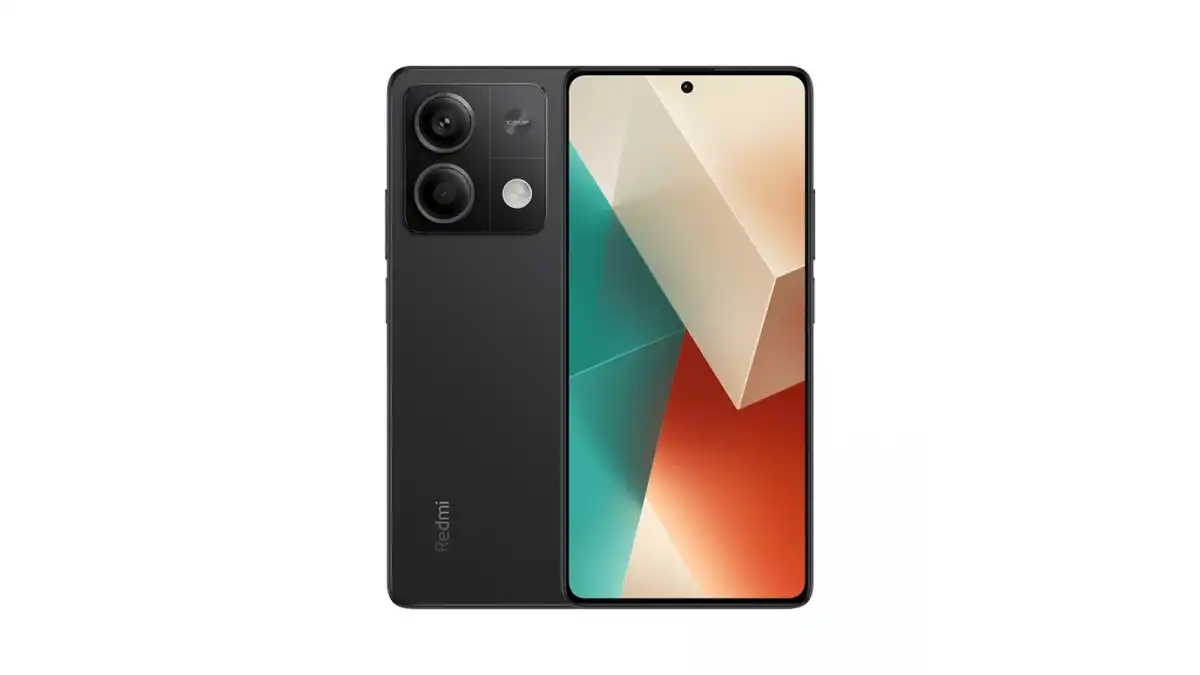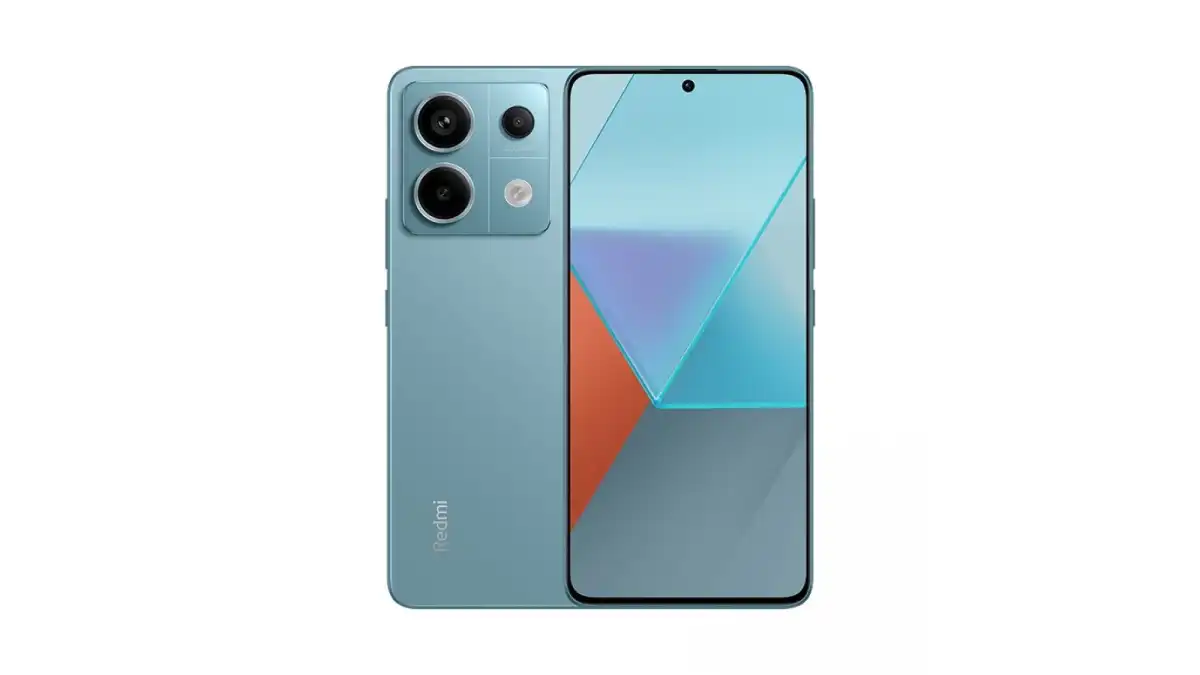Xiaomi produces a number of amazing phones each year, but its Redmi sub-brand excels at low-cost devices. Here’s all you should know about the Redmi Note 13 phones.
The Redmi Note 12 series made a big statement in 2023, with four phones arriving in the UK and Europe. And, depending on your budget, you might make a compelling argument for purchasing the Redmi Note 12, 12 5G, 12 Pro, or 12 Pro+.
However, Xiaomi unveiled three successors in China just a few months later, and we may expect them to be available overseas soon.
When will the Redmi Note 13 be released?
Xiaomi launched the Redmi Note 13, Note 13 Pro and Note 13 Pro+ in China on 21 September 2023. They then arrived in India on 4 January 2024.
But the good news is that a global launch is just around the corner. Xiaomi has confirmed that it’ll launch the Redmi Note 13 series on 15 January:

A release date has yet to be established, although it will most likely follow shortly after the debut. This will be significantly earlier than in 2023, but about on par with the Redmi Note 11 series:
- Redmi Note 12 – March 2023
- Redmi Note 11 – January 2022
- Redmi Note 10 – March 2021
However, a global launch is highly unlikely to include the US. Xiaomi doesn’t sell any of its phones there, and that probably won’t change anytime soon.
How much will the Redmi Note 13 cost?
So far, we only have confirmed pricing for the Redmi Note 13 series in China:
- Redmi Note 13 – from CNY 1,199 (approx. £130/€150)
- Redmi Note 13 Pro – from CNY 1,499 (approx. £165/€190)
- Redmi Note 13 Pro+ – from CNY 1,999 (approx. £220/$250)
These UK and EU data are just straight conversions and are thus unlikely to be accurate. However, listings for all four phones on Amazon in Germany provide a pretty decent idea:
- Redmi Note 13 4G – €259
- Redmi Note 13 5G – €295
- The 13 Pro – €449.90
- The 13 Pro+ – €520
What specs and features does the Redmi Note 13 have?
With the Redmi Note 13 series official in China, we know pretty much exactly what to expect when they arrive in Europe.
Redmi Note 13
Let’s begin with the standard Note 13, which is the cheapest of the three. It is powered by the MediaTek Dimensity 6080 CPU, which should be an improvement over the Redmi Note 12’s Qualcomm Snapdragon 4 Gen 1 processor. The Dimensity 6080 supports 5G, thus there may not be a 4G variant this time.
The display remains roughly the same as previously, featuring a 6.67-inch, 1080×2400 OLED panel with 120Hz refresh rate. However, Gorilla Glass 5 is now more durable than Gorilla Glass 3, and significantly smaller bezels minimize the device’s overall footprint.

Cameras are likely to undergo the most significant alterations. The main rear lens has been updated from 48Mp to 108Mp, and it is now accompanied by a 2Mp depth sensor, which should result in better portrait photographs. However, to make place for this, both the 8Mp ultrawide and 2Mp macro cameras were eliminated.
On the front, the selfie camera has been increased from 13Mp to 16MP. It enables easy face unlock, although the side-mounted fingerprint sensor is still the most secure alternative.
The battery life and charging times remain same, with the same 5000mAh capacity and 33W wired rates.
Redmi Note 13 Pro
Upgrades to the more costly The 13 Pro are centered on a few important areas. Instead of the MediaTek silicon featured on the Redmi Note 12 Pro, the device is powered by a more powerful Qualcomm Snapdragon 7s Gen 2 CPU.

It has a primary back camera with a resolution of up to 200Mp, as well as an 8Mp ultrawide and 2Mp macro. However, the 16MP selfie lens remains mostly unchanged.
The 6.67-inch OLED display now has a slightly greater resolution of 1220×2712. However, the 120Hz refresh rate remains, as does the under-display fingerprint sensor.
The battery capacity is somewhat higher than the Note 12 Pro and standard Note 13, with a 5100mAh cell. However, the 67W wired charging is identical to its predecessor.
The13 Pro+
It has a primary back camera with a resolution of up to 200Mp, as well as an 8Mp ultrawide and 2Mp macro. However, the 16MP selfie lens remains mostly unchanged.
The 6.67-inch OLED display now has a slightly greater resolution of 1220×2712. However, the 120Hz refresh rate remains, as does the under-display fingerprint sensor.
The battery capacity is somewhat higher than the Note 12 Pro and standard Note 13, with a 5100mAh cell. However, the 67W wired charging is identical to its predecessor.

The 5000mAh battery is smaller than the Note 13 Pro, but it charges considerably faster. It offers 120W wired rates, as does the Note 12 Pro+, although none of the phones have wireless charging.
However, the Chinese versions of all three phones continue to run the same MIUI 14 software (based on Android 13) as their predecessors. Hopefully, by the time they come in Europe, it will be based on Android 14. This might be known as HyperOS, Xiaomi’s MIUI successor that is starting to spread out.


